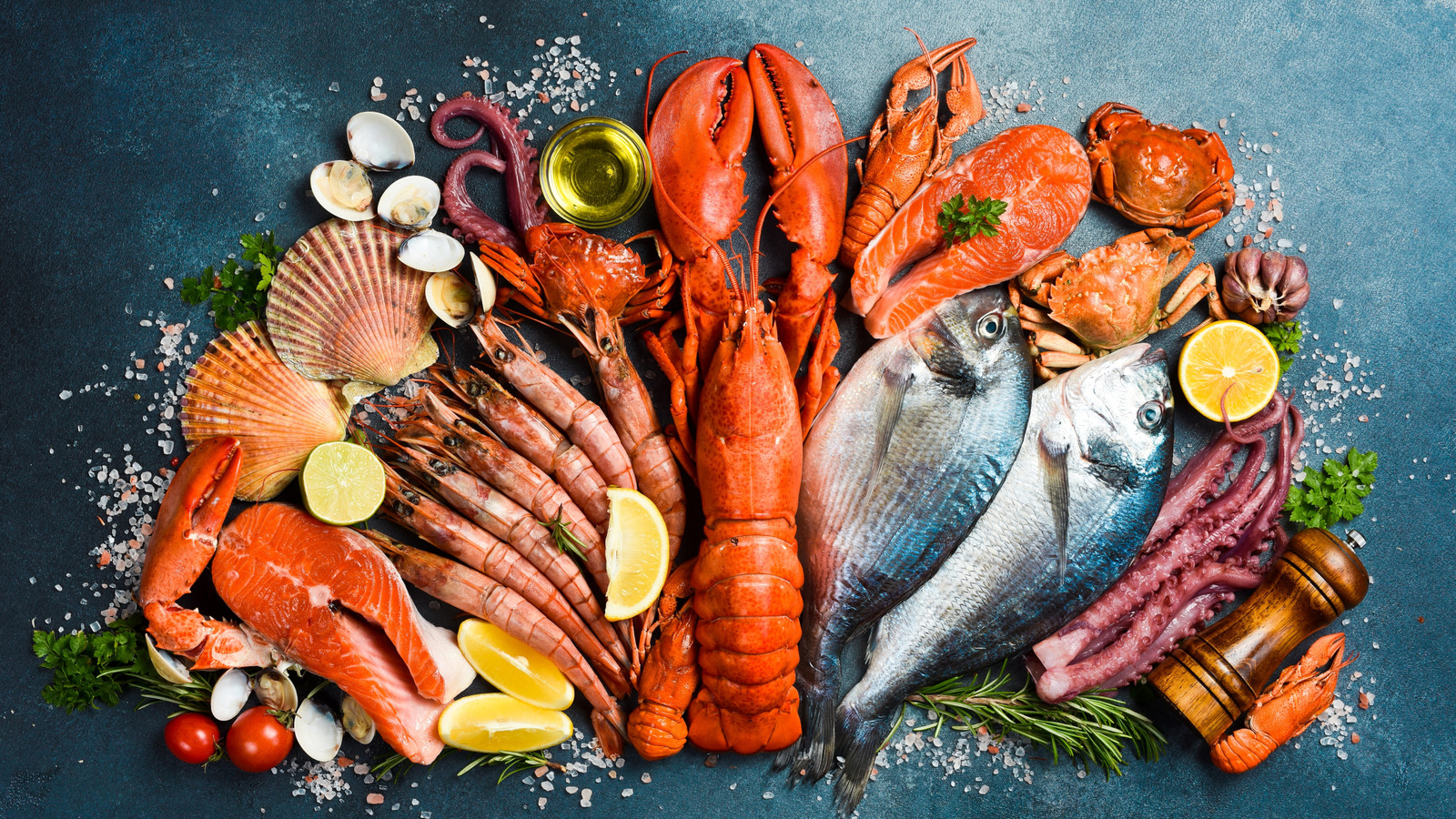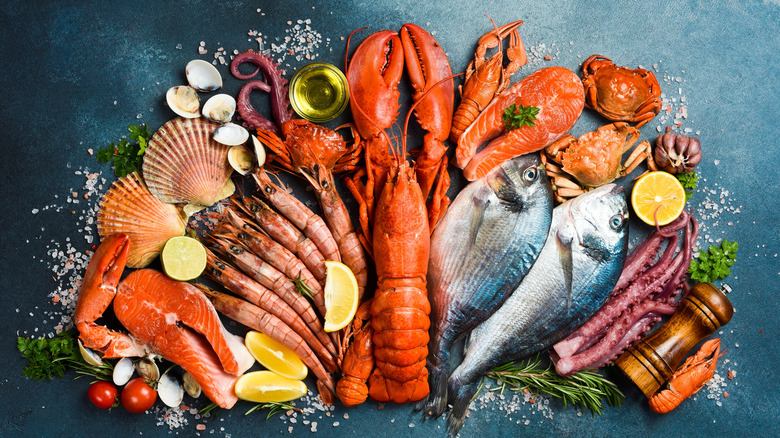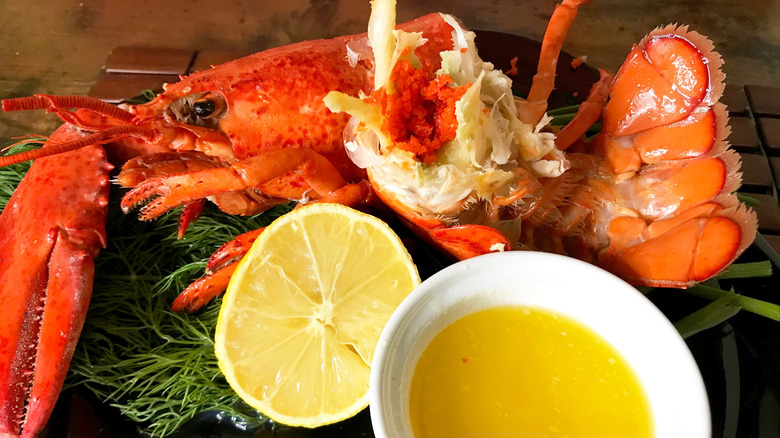
When purchasing fresh lobster, a reliable local fishmonger can be a godsend. Lobsters are pricey, coveted sea creatures gracing countless restaurant and home-kitchen plates every year — so it’s important to make wise choices. But what if you don’t even know what questions to ask or why the answers matter? If that’s the case, you’re in good company. We reached out to an expert on the subject, Robert DiGregorio, Director of Seafood Quality at Fulton Fish Market in New York City. Overseeing the largest fish market in the United States, one operating for 200-plus years, he knows all about lobsters — and is willing to divulge the intel.
First, why is it even important to talk with a fishmonger before buying lobster? Given the norms of unknown global sourcing, DiGregorio notes how local, trusted fishmongers can personally reveal a lot about lobsters before you buy them. “An important thing to know is how long has he had it,” he says, as well as asking, “Are his lobsters kept in a tank or just in the cooler?” Those things matter because, according to DiGregorio, you want see them alive. “Do not buy a dead lobster, even if he says it just died,” he cautions. “Eating a lobster that has been dead for a while, even less than a day if not stored right, can make you really sick.”
He shares plenty more questions to ask a fishmonger, including about lobster origins. These questions also apply to fishmongers at supermarkets, who must adhere to FDA seafood regulations.
Lobster origins, shells, and gender
If you’re lucky enough to buy lobster from local fishmongers, it could be easier to determine where your take-home dinner originated. Don’t be timid about asking where the lobsters came from, even if the distinction is only between ones from Canada or the U.S. DiGregorio explains why: “Canadian lobsters tend to have more meat than US products,” he says, “however some people prefer the taste of U.S. lobsters over Canadians, saying they are sweeter with a better texture.” And that’s not all; Canadian lobsters may also be less expensive.
Lobster shells matter more than you’d imagine, so it’s also important to ask the fishmonger whether they are hard shell, new shell, or firm shell. “Hard shell have the most meat,” explains DiGregorio. “Firm shell are good but have less meat, and new shell have the least meat, are very fragile with a short life expectancy, but some people say they have the sweetest meat.”
Then there’s gender. It’s common knowledge that lobster management regulations take gender seriously when it comes to females, particularly egg-bearing ones. But those are issues facing commercial lobster catching, not the consumer end of buying and eating them. By the time you’re choosing lobster for dinner, you may only care about one gender-related thing, as does DiGregorio. “You may want to know if your lobster is a male or female,” he says. “I prefer females myself because they can have a lot of roe, which I really like.”
About that lobster roe
It’s intriguing that our expert from Fulton Fish Market prefers female lobsters because they can bring more roe to the seafood party. But that begs a question on its own merit: What’s so great about lobster roe? Although DiGregorio didn’t go into detail about this, it’s a fair thing to wonder. In essence, lobster roe refers to the eggs of female lobsters, and they’re considered a culinary specialty. These tiny pearl-like eggs are naturally black but turn red when cooked. Sometimes called coral, they harbor a deep, briny flavor that jazzes up sauces, lobster bisques, and other dishes, bringing depth and intensity to ordinary foods such as risotto or mashed potatoes.
If you’re a fan of lobster rolls, you’ve likely tasted lobster roe. Chefs often create the spread for lobster rolls using roe that’s melted into butter or folded into sour cream. You can also eat roe on its own, once it’s cooked and becomes tender and slightly creamy, bringing salty-sweet flavor to your palate. Try making roe-based compound butters for spreading over fresh-baked bread and grilled meats, or create a sauce for pasta, baked fish, or shrimp dishes.
Just as DiGregorio recommends consulting your local fishmonger about buying lobster in general, it can be even more important when buying female lobsters with roe. For safety reasons, proper cooking and cleaning are crucial — but so is freshness. So ask away; most seafood purveyors are happy to share their valuable expertise.










